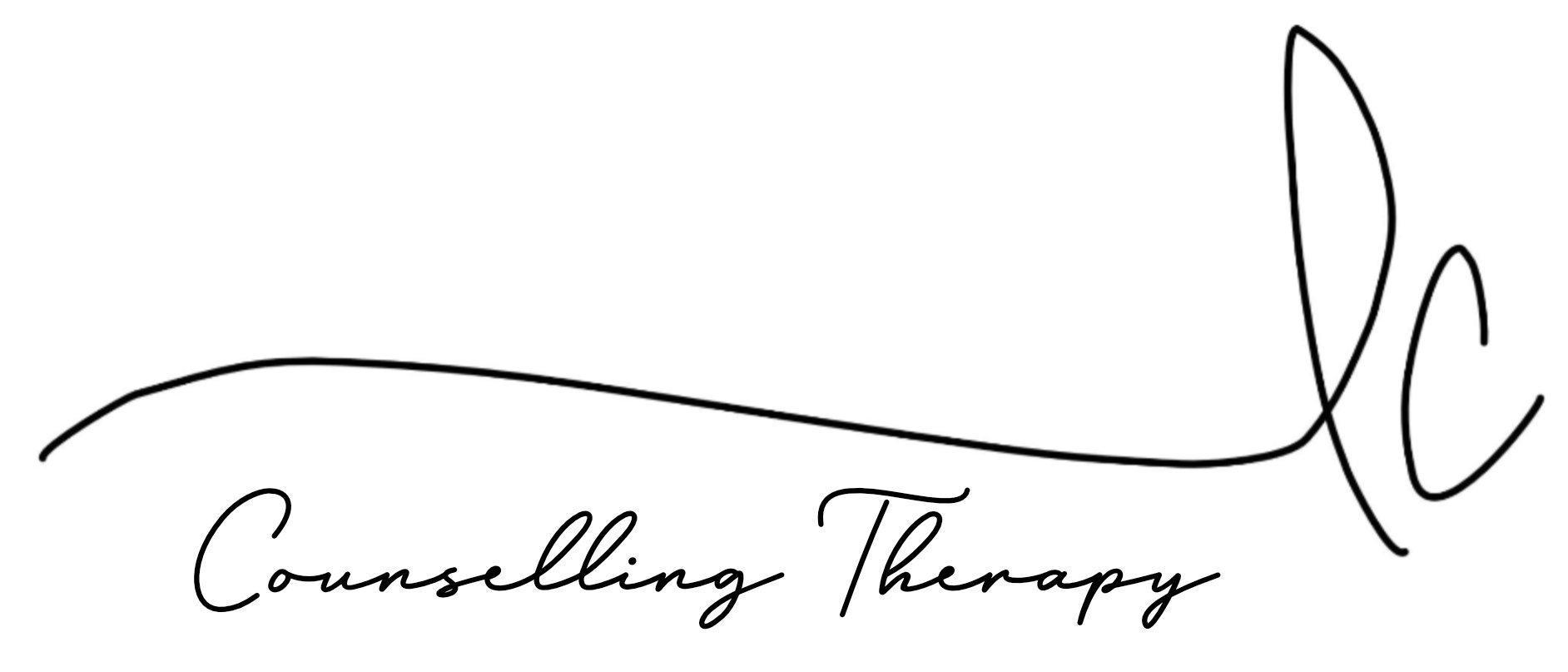The Circle of Control
Letting Go of What Was Never Yours to Hold
A framework for therapy, boundaries, and nervous system healing
In therapy, one of the most common struggles I see across ages, roles, and backgrounds is this:
The quiet, exhausting effort to manage things we cannot control.
We try to regulate other people’s emotions, anticipate their needs, avoid their disappointment, and maintain an image of ourselves that keeps us “safe” in relationships. This comes up in families (“I can’t upset my mom”), in friendships (“I don’t want them to think I’m selfish”), and at work (“I need to make sure my manager knows I’m pulling my weight”). Often, it’s so habitual we don’t even know we’re doing it. We just feel depleted, anxious, or resentful and can’t figure out why.
The Circle of Control is a therapeutic framework that helps interrupt that cycle, not just cognitively, but emotionally and somatically.
What is the Circle of Control?
Circle of Control
Originally made popular by Stephen Covey (The 7 Habits of Highly Effective People, 1989), this model is widely used in cognitive-behavioural therapy (CBT), acceptance and commitment therapy (ACT), and boundary work.
It breaks down life into three categories:
1. The Circle of Concern (No Control)
These are things we care about, but can't directly change. For example:
Other people’s opinions of us
Whether a friend replies to a message
Your parents’ emotional state
Decisions made by your boss
The past and changing what has happened
Someone else’s behaviours towards us
We often feel responsible for these things because they impact us deeply, but they are not within our power. When we live here, we tend to feel anxious, powerless, and overwhelmed.
Emotional signpost: Helplessness, guilt, rumination, shame
2. The Circle of Influence (Some Control)
Here, you have some impact, but still not full control. These are relational dynamics, such as:
How you approach a tough conversation
How you advocate for your needs at work
The way you initiate or repair conflict
How consistently you set and reinforce boundaries
You can’t make someone understand you, change, or respect your boundary, but you can influence the emotional tone of the interaction.
Emotional signpost: Hope, effort, tension, vulnerability
3. The Circle of Control (Full Control)
This is where your true agency lives. These are your thoughts, choices, behaviours, and values.
For example, this may include:
How you speak to yourself
What boundaries you set and uphold
How you manage your attention, time, and energy
What content you consume
Whether you choose to engage or walk away
How you regulate your nervous system
Spending more time here restores a sense of groundedness and builds self-trust.
Emotional signpost: Clarity, empowerment, steadiness
Let’s Talk About Roles: Why We Overfunction
If you grew up in a household where emotions weren’t safe — where conflict was dangerous, or love felt conditional — you may have learned to monitor, manage, and soothe others as a way to stay connected. This isn’t a personality flaw. It’s a survival strategy. And it often gets carried into adult roles:
In families: You feel responsible for someone else’s healing or happiness
At work: You over-deliver to avoid criticism or prove your worth
In friendships: You suppress your needs to maintain harmony
In relationships: You shape-shift and turn into a pretzel to avoid rejection
Over time, this self-erasure leads to burnout, resentment, and a fragile sense of identity. The Circle of Control helps restore your ability to recognize the difference between caring and caretaking, between showing up and overextending.
A Nervous System Perspective
According to polyvagal theory (Porges, 2011), our ability to stay grounded and self-connected depends on how safe we feel in our relationships. When we perceive a threat, even a subtle emotional disapproval, our body may enter a fawn response (appease, fix, avoid conflict) in an effort to keep the connection.
The problem? That "safety" often comes at the cost of our own needs, values, and limits.
True relational safety begins when we can stay connected to ourselves even when others are uncomfortable.
Reflection Prompts
Here are some gentle questions to help you shift from reactivity to clarity:
What am I trying to control that isn’t mine?
What would staying in my own lane look like right now?
Where am I leaking energy trying to manage others’ perceptions of me?
What does it mean to show love without rescuing or performing?
Boundaries You Can Practice
These aren’t one-size-fits-all, but they’re examples of boundary strategies that honour your limits while reducing overfunctioning:
Let yourself take 24 hours to respond to emotional messages
End or pause a conversation when it becomes disrespectful:
“I care about this conversation and I want to come back to it when I feel more grounded.”Clarify expectations at work:
“I’m happy to help with this, but I’ll need to shift some other priorities to make room.”Name what’s not yours:
“I hear that you’re upset, and I trust you to take care of yourself through this.”
You’re allowed to disappoint people and still be a good friend, partner, child, or employee.
You don’t need to control their story about you — just your own alignment.
Final Thought: A Reframe
What if peace isn’t about fixing everything, but about no longer carrying what was never yours?
This work is not about apathy. It’s about choosing where to place your energy. It’s about learning that you can care deeply and still not carry what isn’t yours. You can love and still say no. You can want closeness and still honour your limits.
That’s not selfish. That’s healing.

